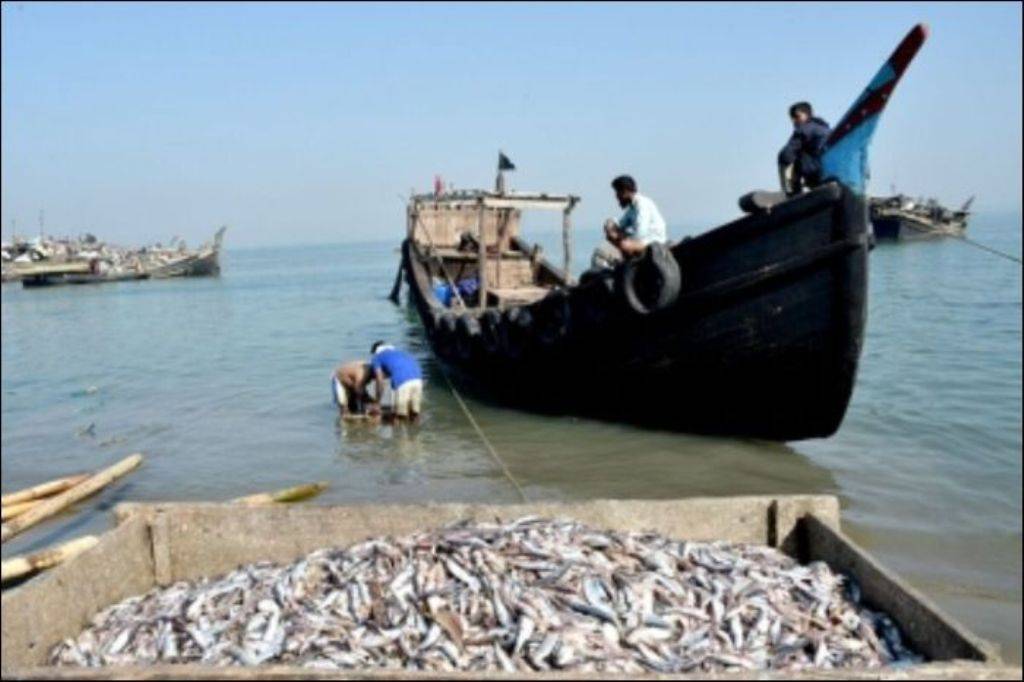
A new hatchery technology for Picnic Seabream (Acanthopagrus berda), a commercially valuable marine food species, was developed by the Central Marine Fisheries Research Institute (CMFRI), one of India's most prestigious research organizations.
Since the fish - Black Seabream and Gold silk Seabream - are noted for their excellent meat quality and high economic value, the breakthrough would aid in the diversification of the country's mariculture operations. With a price of about 450-500 per kg, it is in high demand in the domestic market.
The fish, known locally as Karutha Yeri, is an excellent species for mariculture because of its faster growth rate, high disease tolerance, and ability to cope with large variations.
The fish, known locally as Karutha Yeri, is an outstanding mariculture species due to its higher growth rate, high disease tolerance, and ability to cope with large variations in environmental parameters such as salinity and temperature.
According to CMFRI Director A Gopalakrishnan, the breeding technologies established by the Karwar Research Centre would open up tremendous potential for the country's mariculture projects in the immediate future by species diversification.
Increased breeding: With the advancement in hatchery technologies for Picnic Seabream, he believes there may be a new boom in marine finfish demand. The institute's next challenge is to standardise the fish's farming procedure, as there is no record of this fish's breeding or aquaculture in the world.
Given the fish's characteristics, he believes Picnic Seabream aquaculture would be extremely promising in terms of attracting commercial benefits and satisfying growing seafood demand in the immediate future.
According to Gopalakrishnan, India plans to grow 4-5 million tonnes of fish from mariculture over the next ten years. Species diversification for mariculture is mainly aimed at achieving this goal by improving the country's coastal states' marine cage farming systems.
This is the CMFRI's seventh marine food fish for which it has evolved breeding technologies. The CMFRI scientists took three years to improve the seed production technologies for this fish.
Cobia, Silver Pompano, Indian Pompano, Orange-spotted Grouper, Pink Ear Emperor, and John's Snapper were among the fish whose brood stocks the institute had successfully established previously. CMFRI will be in charge of transferring the information.
Cobia, Silver Pompano, Indian Pompano, Orange-spotted Grouper, Pink Ear Emperor, and John's Snapper were among the fish whose brood stocks the institute had successfully established previously. He mentioned that CMFRI will pass these innovations to those involved in commercial seed processing.











